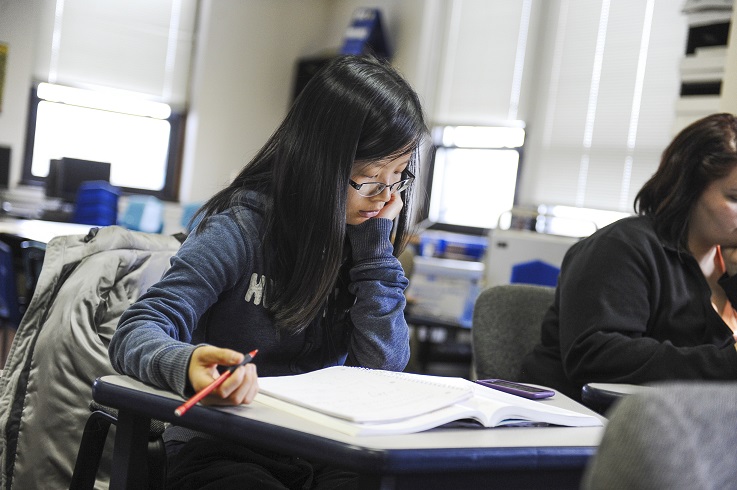Bachelor of education students prepare to close the student proficiency gap
 How do you as an educator, determine if your student is “future ready”?
How do you as an educator, determine if your student is “future ready”?
In May, Achieve, a nonprofit, nonpartisan education reform organization, released the first “Proficient vs. Prepared” report. The analysis identified discrepancies between student proficiency rates reported by state tests and those reported by the National Assessment of Educational Progress (NAEP) – otherwise known as “The Nation’s Report Card”.
The report found that half the states had a difference of 30 percentage points between state assessment test results and NAEP results from the 2013 – 2014 school year, a discrepancy gap that Achieve began calling the “honesty gap”.
“If you don’t know how students are doing, you can’t really improve student outcomes,” explained Achieve CEO, Sandra Boyd.
Since word of the honesty gap was released, many states have been taking steps to make improvements and see that gap disappear.
According to the latest report of the 2014 – 2015 school year, 16 states have eliminated or significantly minimized that gap in one or more subject areas, with their state assessment reported scores now measuring within five percentage points of NAEP scores.
Missouri, though not one of those 16 states, has seen improvements, narrowing the gap between state proficiency rates and NAEP rates by 11 percentage points in eighth-grade math. There is, however, still work to be done, as the Missouri proficiency gap for fourth-grade reading still hangs at 23 percentage points, an increase of 12 points from last year.
“States recognize that these gaps have existed in the past and are taking the lead to address them by raising academic standards and creating new tests to better support all students,” explains Chris Minnich, Executive Director of the Council of Chief State School Officers.
“Now is not the time to return to lower standards or simpler tests, but to work together to improve the tools we use to support all teachers and students.”
Though the bar must be raised on the state level, bachelor of education students can begin preparing now to raise the bar in their future classrooms, by taking courses like EDU441 Analysis and Correction, EDU420 Measurement and Evaluation and EDU422 Measurement and Assessment in Education.
Through these courses students will learn how to diagnose mild reading disabilities early on and work with students to overcome those disabilities. They will also learn various assessment procedures and how to develop educational programs and instruction based on those assessments.

